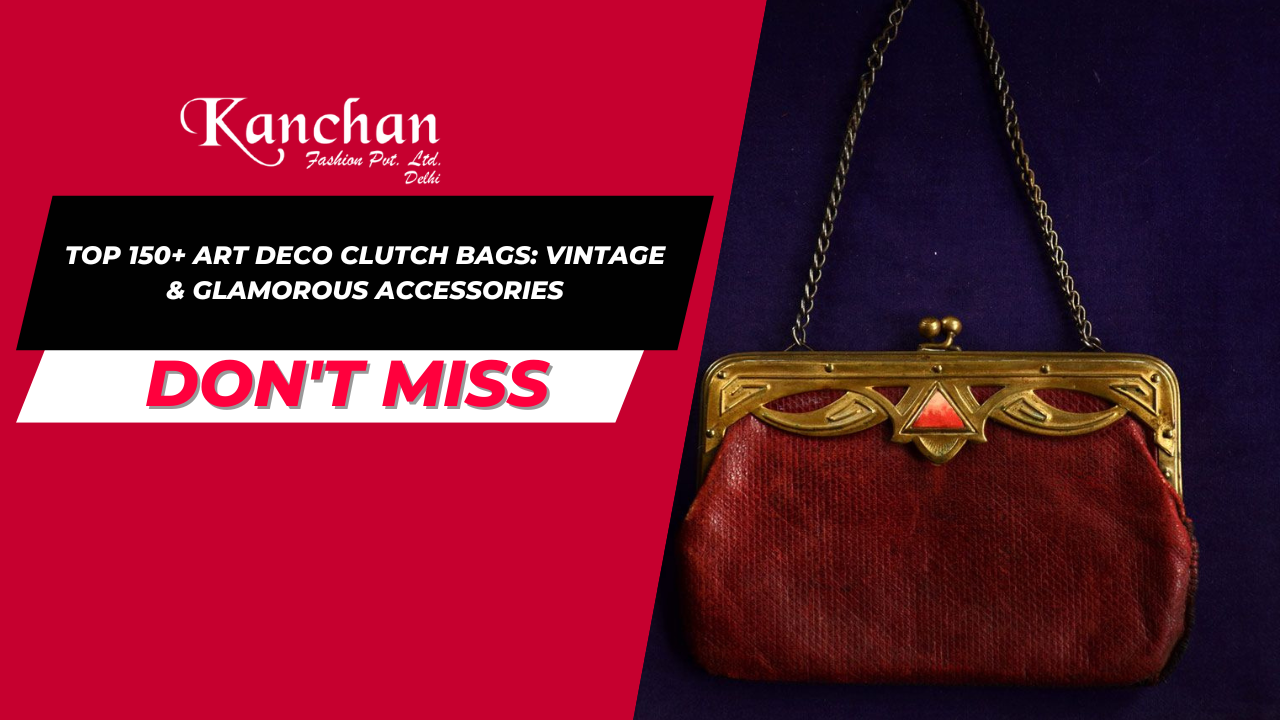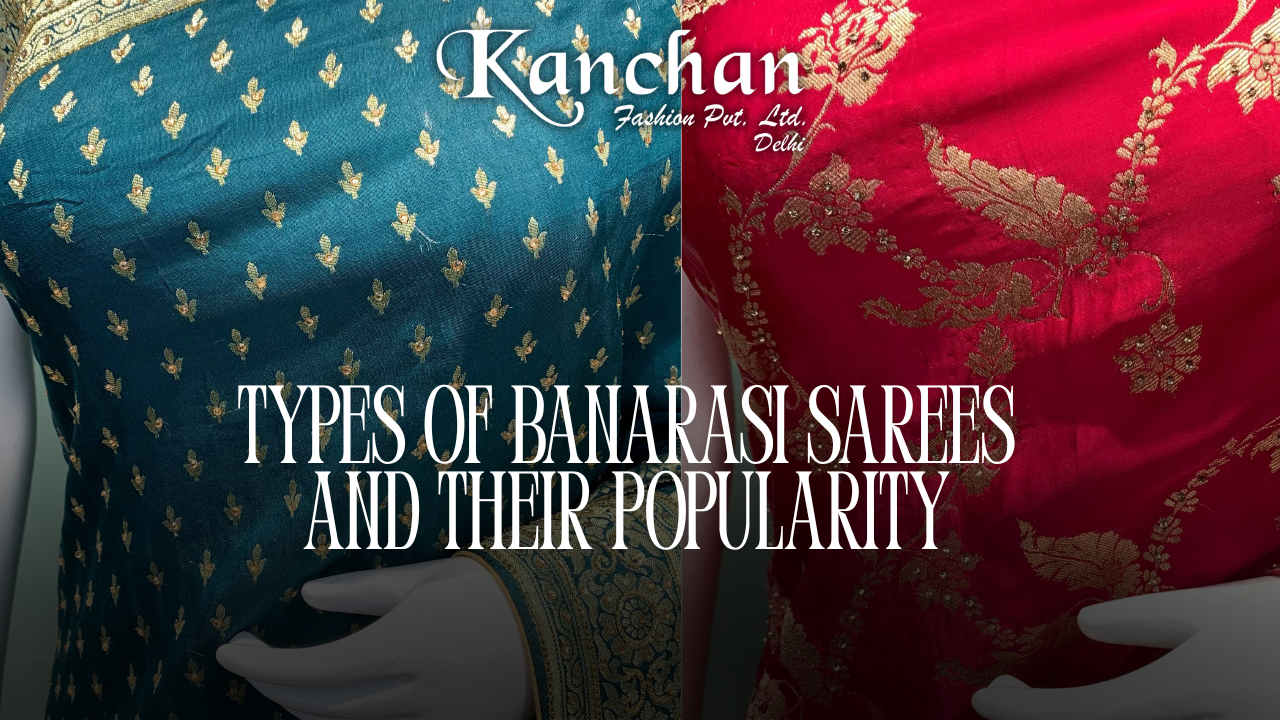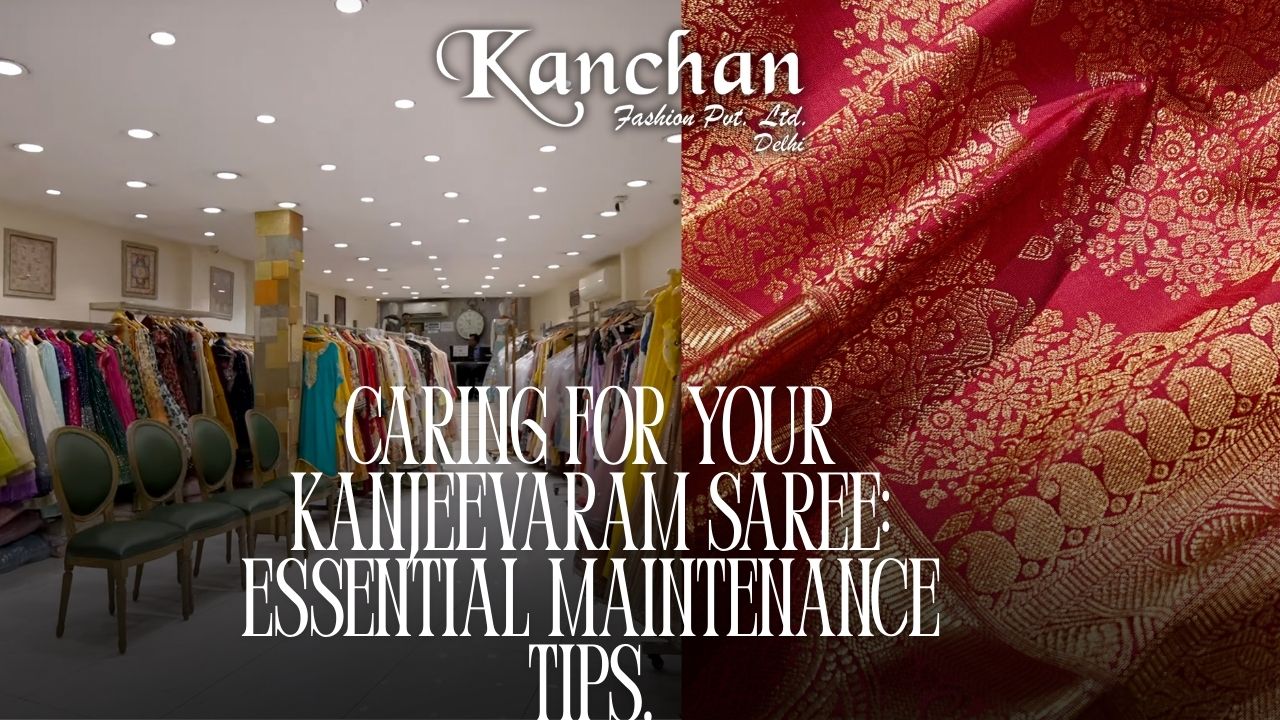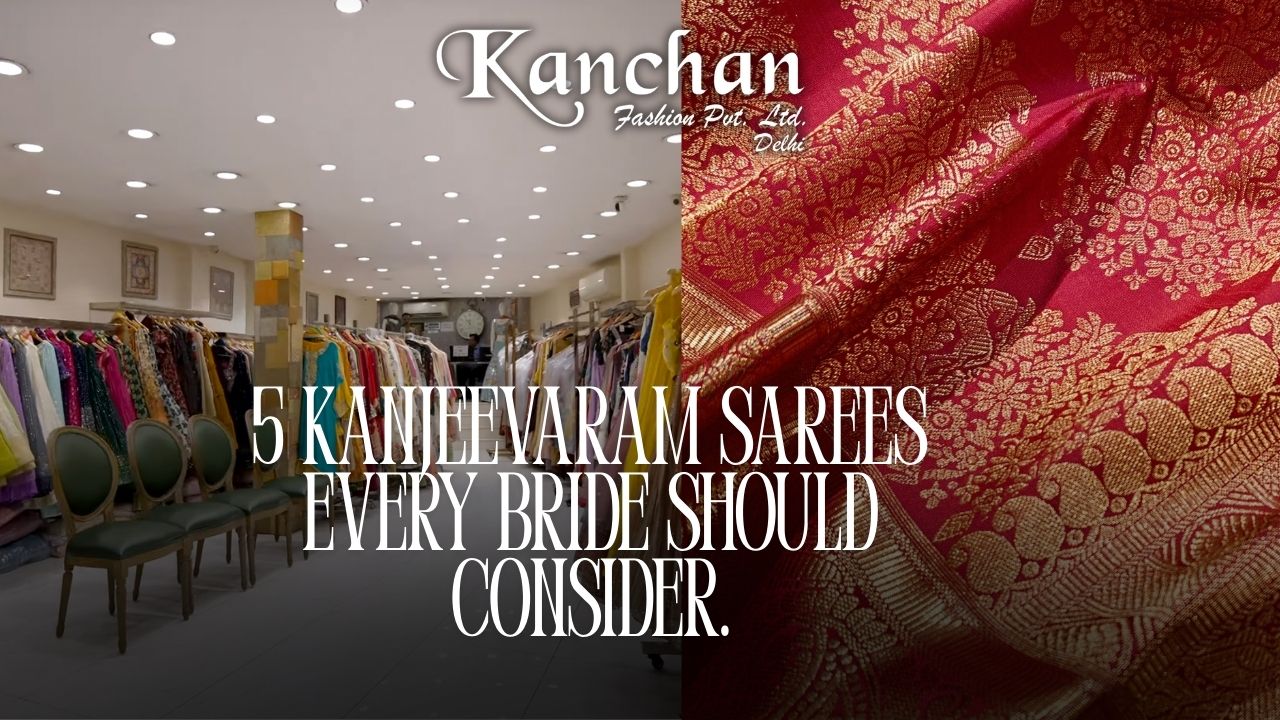
Table of Contents:
- Introduction: The Enduring Allure of Art Deco Clutch Bags
- The Roaring Twenties and the Birth of Art Deco Style
- Geometric Patterns: A Hallmark of Art Deco Design
- Luxurious Materials: Elevating the Clutch Bag
- The Significance of Bakelite in Art Deco Accessories
- Metal Mesh Clutches: Shimmering Elegance
- Beaded Masterpieces: Intricate and Opulent Designs
- Enamel Accents: Adding Color and Sophistication
- The Influence of Egyptian Revival on Art Deco Clutches
- Orientalism in Art Deco Bag Design
- The Streamlined Moderne Period: A Sleek Evolution
- Designer Spotlight: Iconic Names in Art Deco Accessories
- Identifying Authentic Vintage Art Deco Clutches
- Caring for Your Vintage Art Deco Clutch Bag
- Styling Tips: Incorporating Art Deco Clutches into Modern Outfits
- Art Deco Clutches as Collector's Items
- The Resurgence of Art Deco in Contemporary Fashion
- Where to Find Vintage and Reproduction Art Deco Clutches
- The Craftsmanship Behind Art Deco Clutch Bags
- The Perfect Art Deco Clutch for Every Occasion
- Celebrating the Timeless Glamour of Art Deco Clutch Bags
- Conclusion: Embracing the Elegance of a Bygone Era
- Frequently Asked Questions (FAQ)
Top 150+ Art Deco Clutch Bags: Vintage & Glamorous Accessories






















































































































































1. Introduction: The Enduring Allure of Art Deco Clutch Bags
The Art Deco era, a period of exuberant creativity and stylistic innovation spanning roughly from the 1920s to the 1930s, left an indelible mark on art, architecture, fashion, and design. Amidst the sleek skyscrapers, bold geometric patterns, and luxurious materials that defined this epoch, the Art Deco clutch bag emerged as a quintessential accessory, embodying the glamour and sophistication of the age. More than just a functional item to carry essentials, these clutches were miniature works of art, reflecting the spirit of modernity and the newfound freedom and confidence of women in the interwar period. Characterized by their striking symmetry, rich ornamentation, and exquisite craftsmanship, vintage Art Deco clutch bags continue to captivate with their timeless appeal. This blog post delves into the fascinating world of these glamorous accessories, exploring their key characteristics, the materials and techniques employed in their creation, their historical significance, and how their vintage charm can be seamlessly integrated into contemporary style. From intricately beaded designs to sleek metal mesh creations and clutches adorned with vibrant enamel, we will uncover the diverse beauty and enduring allure of Art Deco clutch bags, offering insights for collectors, vintage enthusiasts, and anyone seeking to add a touch of old-world glamour to their ensemble. Join us as we explore over 150 facets of these iconic accessories, celebrating the artistry and elegance of a truly remarkable era in design history.
2. Point 1: The Roaring Twenties and the Birth of Art Deco Style
The 1920s, often referred to as the Roaring Twenties, was a decade of profound social, cultural, and artistic transformation that laid the foundation for the Art Deco style. Following the austerity of World War I, a sense of optimism and exuberance swept across the Western world. This era witnessed significant advancements in technology, a burgeoning consumer culture, and a shift in social norms, particularly for women who gained greater independence and embraced a more liberated lifestyle. The flapper culture, with its short hemlines, bobbed hair, and a penchant for jazz music and dancing, epitomized this new spirit. Artistically, the decade saw a move away from the flowing lines of Art Nouveau towards a more geometric, streamlined, and industrial aesthetic. The Exposition Internationale des Arts Décoratifs et Industriels Modernes, held in Paris in 1925, is widely considered the event that solidified and popularized the Art Deco style. This exposition showcased a new design vocabulary characterized by bold geometric shapes such as chevrons, zigzags, and sunbursts; luxurious materials like ivory, ebony, and precious metals; and a sense of modernity and sophistication. The influence of various cultures and artistic movements, including Cubism, Constructivism, and the exoticism inspired by discoveries in Egypt and the Orient, also played a crucial role in shaping the Art Deco aesthetic. In this vibrant and transformative context, the Art Deco clutch bag emerged as a fashionable and expressive accessory, perfectly reflecting the era's embrace of modernity, glamour, and artistic innovation. These clutches were not merely practical items but rather statements of style and symbols of the changing times, embodying the spirit of the Roaring Twenties in their design and ornamentation.
3. Point 2: Geometric Patterns: A Hallmark of Art Deco Design
One of the most defining characteristics of Art Deco design, and consequently of Art Deco clutch bags, is the prominent use of bold and symmetrical geometric patterns. This departure from the organic and flowing lines of Art Nouveau was a deliberate embrace of modernity, order, and the machine age. Art Deco designers drew inspiration from a variety of sources to create these striking patterns. The clean lines and sharp angles of Cubism, with its fragmented and reassembled forms, heavily influenced the geometric vocabulary of the era. Architectural motifs, such as the stepped forms of ziggurats and the strong vertical lines of emerging skyscrapers, also found their way into decorative arts. Natural elements were often stylized and abstracted into geometric shapes; for instance, sunburst motifs, stylized floral patterns, and representations of animal prints were rendered with a distinct sense of symmetry and angularity. Common geometric patterns found on Art Deco clutch bags include chevrons, zigzags, stripes, stepped pyramids, and interlocking shapes. These patterns were often executed with meticulous precision, highlighting the craftsmanship and attention to detail that were hallmarks of the era. The use of contrasting colors and materials further accentuated these geometric designs, creating a visually dynamic and impactful aesthetic. Whether inlaid in enamel, rendered in beading, or etched into metal, these geometric patterns not only contributed to the visual appeal of the clutch bags but also embodied the spirit of modernity and sophistication that defined the Art Deco movement. The enduring appeal of these patterns lies in their timeless elegance and their ability to evoke the glamour and dynamism of the Jazz Age.
4. Point 3: Luxurious Materials: Elevating the Clutch Bag
The opulence and glamour of the Art Deco era were reflected not only in the design but also in the exquisite materials used to create Art Deco clutch bags. Designers of this period favored luxurious and high-quality materials that exuded sophistication and craftsmanship. Precious metals such as sterling silver, gold, and platinum were frequently employed for frames, clasps, and sometimes even the entire body of the clutch. These metals provided a sturdy structure and a lustrous sheen, enhancing the overall elegance of the accessory. Exotic materials like ivory, tortoiseshell, and shagreen (shark or ray skin) were also highly prized for their unique textures and visual appeal, often used for inlays or the main body of the bag. Fine leathers, including kidskin and suede, offered a softer yet equally luxurious alternative, often embellished with intricate tooling or metallic accents. The use of these rich materials not only elevated the aesthetic of the clutch bag but also underscored its status as a desirable and valuable accessory. The juxtaposition of different textures and materials, such as smooth metal against textured leather or the shimmer of beads against polished enamel, added another layer of visual interest and sophistication. The careful selection and expert manipulation of these luxurious materials were integral to the overall impact and enduring appeal of vintage Art Deco clutch bags, making them cherished items that speak to the refined tastes of the era.
5. Point 4: The Significance of Bakelite in Art Deco Accessories
Bakelite, one of the first commercially successful synthetic plastics, played a significant role in the design and production of Art Deco accessories, including clutch bags. Invented by Leo Baekeland in the early 20th century, Bakelite offered designers a versatile and relatively affordable material that could be molded into various shapes and colors, allowing for the creation of bold and geometric designs characteristic of the Art Deco style. Unlike natural materials, Bakelite could be produced in a wide range of opaque colors, from deep jewel tones like emerald green and sapphire blue to rich browns and blacks, as well as vibrant yellows and oranges. Its ability to be carved, polished, and combined with other materials like metal and enamel made it ideal for creating the intricate details and striking contrasts prevalent in Art Deco design. On clutch bags, Bakelite was often used for frames, clasps, handles, and decorative elements. Its durability and resistance to heat and solvents made it a practical choice for everyday use, while its aesthetic versatility allowed designers to experiment with bold shapes and colors that were distinctly modern for the time. The smooth, often highly polished surface of Bakelite added to the sleek and sophisticated look of Art Deco accessories. Today, Bakelite pieces from the Art Deco era are highly sought after by collectors, not only for their historical significance as early examples of plastic design but also for their distinctive aesthetic that perfectly captures the spirit of the age. The use of Bakelite in Art Deco clutch bags highlights the era's embrace of new technologies and materials in the pursuit of modern and stylish design.
6. Point 5: Metal Mesh Clutches: Shimmering Elegance
Metal mesh clutches are a quintessential example of the elegance and sophistication that defined Art Deco accessories. Crafted from intricately woven metal links, these bags possessed a unique shimmering quality that caught the light beautifully, adding a touch of glamour to any ensemble. The use of metal mesh allowed for the creation of fluid, draping forms while maintaining a sense of structure and durability. Various metals were employed, including sterling silver, gold, and base metals that were often plated to achieve a luxurious finish. The fineness of the mesh could vary, from delicate, almost fabric-like weaves to more substantial and textured surfaces. Art Deco designers often incorporated geometric patterns into the mesh itself, either through the way the links were woven or through the addition of metal appliques and embellishments. Frames and clasps were typically made of polished metal, sometimes adorned with enamel or gemstones, further enhancing the bag's elegance. The weight and feel of a metal mesh clutch contributed to its sense of luxury and quality. These bags were particularly popular for evening events, where their reflective surfaces would sparkle under the lights. The enduring appeal of metal mesh clutches lies in their timeless glamour and their ability to evoke the sophistication of the Art Deco era. Today, vintage metal mesh clutches are prized by collectors and fashion enthusiasts alike for their unique texture, their historical significance, and their ability to add a touch of vintage Hollywood glamour to contemporary outfits.
7. Point 6: Beaded Masterpieces: Intricate and Opulent Designs
Beaded clutch bags from the Art Deco era are exquisite examples of intricate craftsmanship and opulent design. These bags were often painstakingly hand-beaded with thousands of tiny glass or seed beads, creating elaborate geometric patterns, stylized floral motifs, and abstract designs that reflected the artistic sensibilities of the time. The sheer amount of labor involved in creating these beaded masterpieces underscored their value and status as luxury accessories. A wide range of bead colors and finishes were used, from matte and opaque to iridescent and metallic, allowing for rich and textured visual effects. The weight of the beads also gave these clutches a substantial and luxurious feel. Common beading techniques included intricate all-over patterns, where the entire surface of the bag was covered in beads, as well as more focused embellishments on fabric or leather bases. The geometric precision of Art Deco design lent itself perfectly to beaded work, with sharp angles, chevrons, and stepped motifs being frequently rendered in beadwork. Frames and clasps were often made of metal and could be further adorned with rhinestones, enamel, or carved details. Beaded clutches were particularly popular for evening wear, their shimmering surfaces catching the light and adding a touch of dazzling glamour to formal attire. The survival of these delicate and intricate bags is a testament to the quality of their craftsmanship, and they remain highly valued by collectors for their beauty, historical significance, and the artistry they represent. Owning a vintage Art Deco beaded clutch is like holding a piece of history, a tangible reminder of the elegance and meticulous detail that characterized the era.
8. Point 7: Enamel Accents: Adding Color and Sophistication
Enamel played a significant role in adding vibrant color and sophisticated detail to Art Deco clutch bags. Enameling is an ancient art form that involves fusing powdered glass to a metal surface through high temperatures, creating a smooth, durable, and often lustrous finish. In the Art Deco era, enamel was used in a variety of ways to enhance the beauty of clutch bags. It was frequently applied to metal frames and clasps, creating colorful borders, geometric patterns, or stylized motifs. Champlevé enamel, where recesses are carved into the metal and filled with enamel, and cloisonné enamel, where thin wires are used to create cells that are then filled with enamel, were common techniques. These methods allowed for intricate and precise designs with sharp lines and vibrant colors, perfectly aligning with the Art Deco aesthetic. Enamel was also used to create decorative panels that were incorporated into the body of the clutch, sometimes in combination with other materials like metal mesh or leather. The smooth, glossy surface of enamel provided a beautiful contrast to the textures of other materials and added a touch of refined elegance to the overall design. The rich, often jewel-toned colors of the enamel, such as deep blues, greens, reds, and blacks, further contributed to the luxurious feel of these accessories. The durability of enamel ensured that these colorful accents would last, allowing vintage Art Deco clutches with enamel detailing to retain their beauty and vibrancy over time. The use of enamel highlights the Art Deco era's appreciation for both artistic craftsmanship and the incorporation of rich, decorative elements into everyday objects.
9. Point 8: The Influence of Egyptian Revival on Art Deco Clutches
The discovery of Tutankhamun's tomb in 1922 sparked a widespread fascination with ancient Egyptian art and culture, which profoundly influenced the Art Deco movement. This "Egyptian Revival" was evident in architecture, jewelry, fashion, and, of course, accessories like clutch bags. Art Deco designers incorporated numerous Egyptian motifs into their creations, reflecting the era's taste for the exotic and the grandeur of ancient civilizations. Common Egyptian-inspired elements found on Art Deco clutch bags include stylized depictions of scarabs, sphinxes, pyramids, lotus flowers, and hieroglyphic-like patterns. These motifs were often rendered with the clean lines and geometric precision characteristic of Art Deco. Materials like faience (a glazed ceramic material reminiscent of ancient Egyptian pottery), along with inlays of ivory, ebony, and colored stones, further evoked the aesthetic of ancient Egypt. The use of bold geometric shapes, such as triangles and stepped forms, also echoed the architectural forms of pyramids and ziggurats. The rich symbolism associated with Egyptian art, such as rebirth (scarab) and royalty (sphinx), added a layer of mystique and allure to these accessories. The Egyptian Revival period within Art Deco was relatively short-lived, making pieces that clearly exhibit these influences particularly collectible today. These clutches not only served as fashionable accessories but also as tangible expressions of the cultural zeitgeist of the 1920s, reflecting the excitement and wonder surrounding archaeological discoveries and the allure of distant, ancient lands.
10. Point 9: Orientalism in Art Deco Bag Design
In addition to Egyptian influences, the Art Deco movement also drew inspiration from the art and design of various East Asian cultures, a phenomenon known as Orientalism. This fascination with the "Orient" – a broad and often romanticized term encompassing regions like China, Japan, India, and Persia – manifested in various forms within Art Deco design, including the creation of exquisite clutch bags. Designers incorporated motifs, materials, and techniques that evoked the aesthetics of these far-eastern lands. Lacquerware, a traditional Asian craft involving the application of multiple layers of varnish, was emulated or directly used in the creation of clutch bags, lending them a rich, glossy finish and often intricate inlaid designs. Motifs such as dragons, pagodas, cherry blossoms, and stylized figures in traditional attire appeared on bags, either painted, embroidered, or inlaid. The use of materials like silk, jade, and mother-of-pearl further enhanced the Orientalist aesthetic. The clean lines and geometric stylization of Art Deco often merged seamlessly with these Eastern motifs, creating a unique fusion of modern and exotic elements. For example, a clutch might feature a sleek, geometric Bakelite frame adorned with a delicate, hand-painted scene of a Japanese garden or a Chinese landscape rendered in vibrant colors. The allure of the Orient, with its perceived mystery and elegance, resonated with the sophisticated tastes of the Art Deco era, and these Orientalist-inspired clutch bags became fashionable accessories for those seeking a touch of exotic glamour. Today, these pieces are valued for their unique cultural synthesis and their contribution to the diverse stylistic landscape of the Art Deco period.
11. Point 10: The Streamlined Moderne Period: A Sleek Evolution
As the Art Deco era progressed into the 1930s, a sub-style known as Streamlined Moderne emerged, characterized by a sleeker, more aerodynamic, and less overtly ornamental aesthetic. This shift was influenced by advancements in technology, particularly in transportation and industrial design, which emphasized smooth curves, horizontal lines, and a sense of speed and efficiency. While still retaining the geometric foundations of Art Deco, Streamlined Moderne moved away from the more elaborate and decorative aspects of the earlier period. In the realm of clutch bags, this evolution manifested in designs that featured smoother surfaces, rounded edges, and a greater emphasis on the inherent beauty of materials rather than extensive ornamentation. Materials like polished chrome, sleek Bakelite in solid colors, and smooth leathers became more prominent. Decorative elements were often integrated seamlessly into the form of the bag, such as streamlined metal accents or subtle geometric inlays. The focus shifted towards functionality and a sense of understated elegance. While earlier Art Deco clutches might feature intricate beading or elaborate enamel work, Streamlined Moderne examples often showcased clean lines and a more minimalist approach. This style reflected the changing social and economic climate of the 1930s, which favored practicality and a more restrained form of luxury. Streamlined Moderne clutch bags still exuded sophistication but in a more understated and modern way, embodying the era's fascination with speed, efficiency, and the beauty of simplified forms. These pieces represent an important evolution within the Art Deco movement and offer a different flavor of vintage glamour.
12. Point 11: Designer Spotlight: Iconic Names in Art Deco Accessories
While many Art Deco clutch bags were produced by anonymous artisans and manufacturers, some iconic designers and fashion houses of the era also created notable and highly sought-after pieces. These designers often lent their distinctive aesthetic and high standards of craftsmanship to the creation of these small but significant accessories. For instance, Elsa Schiaparelli, known for her surrealist and








